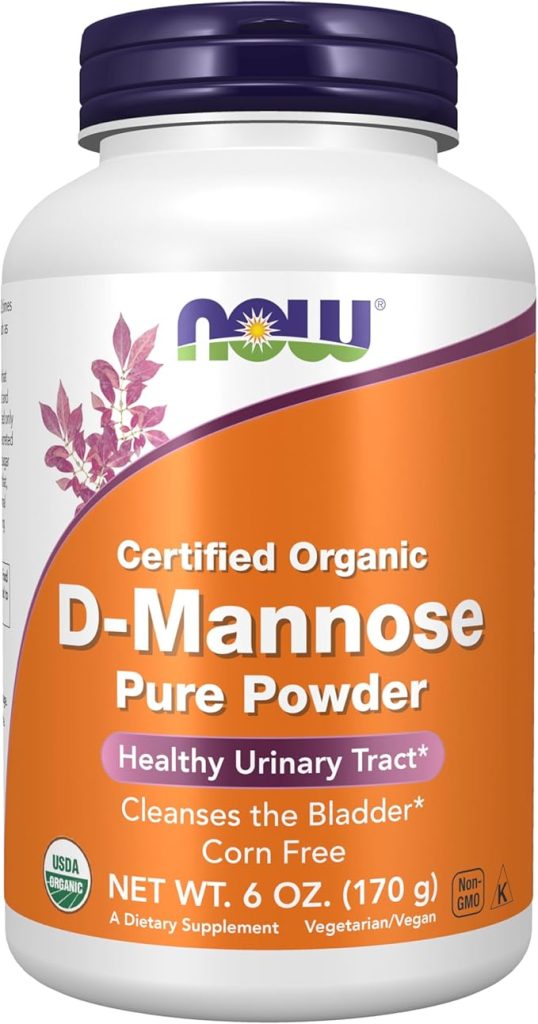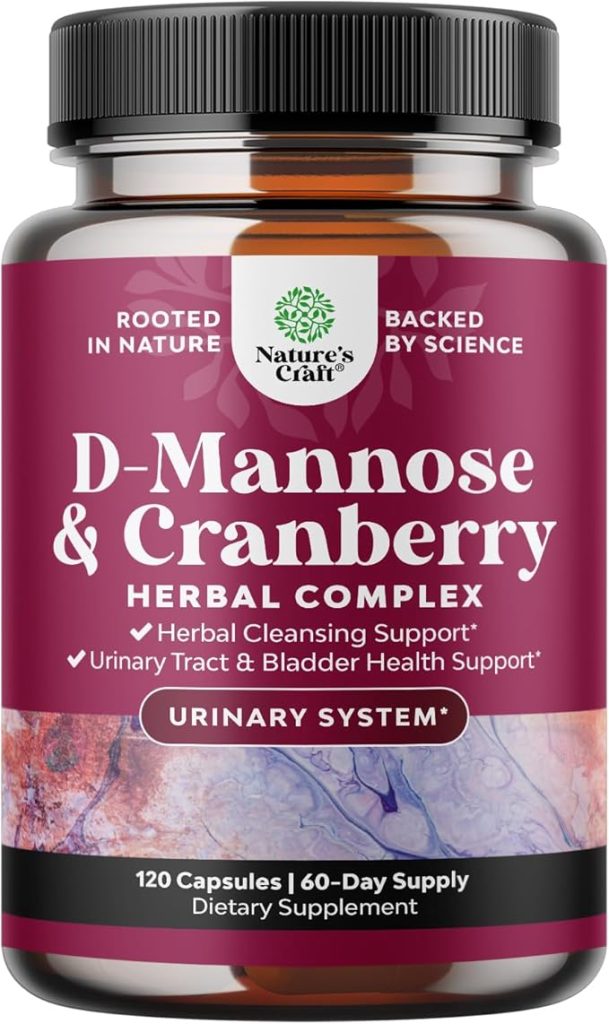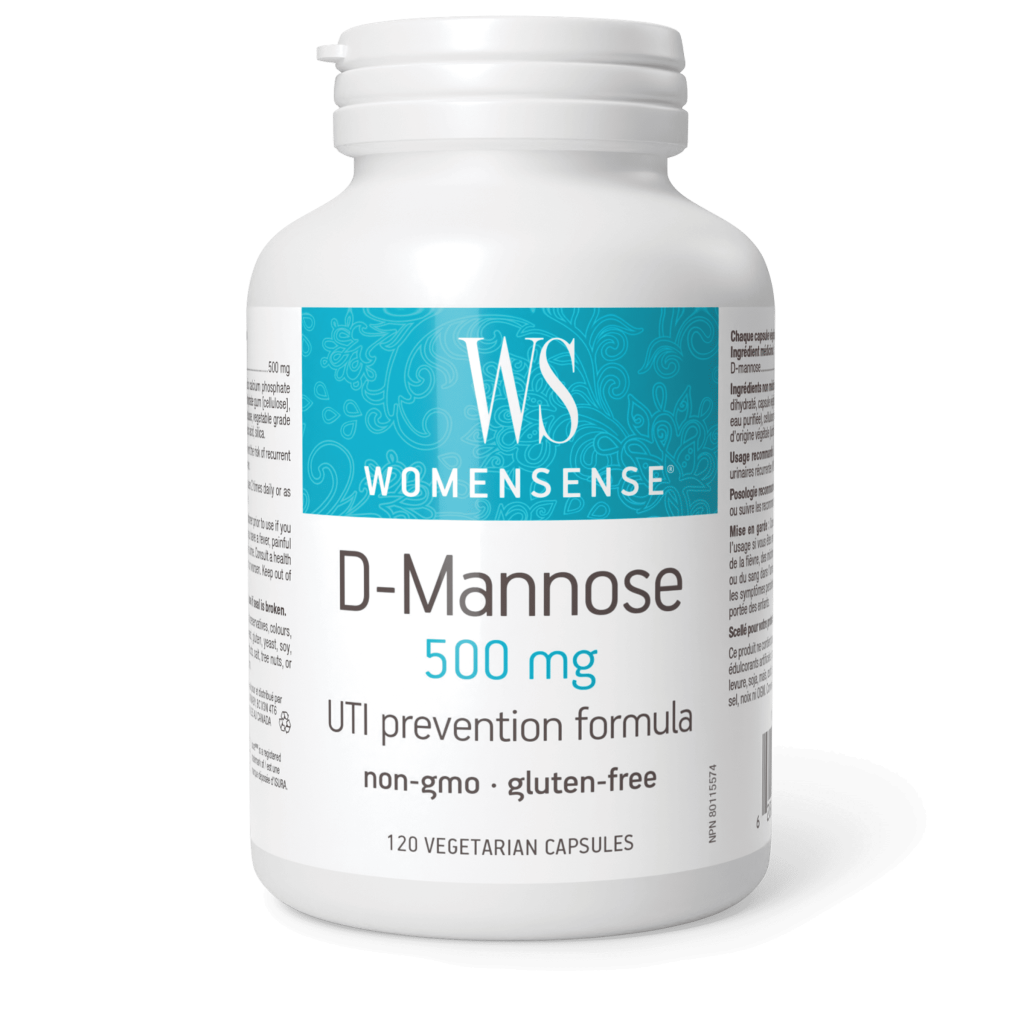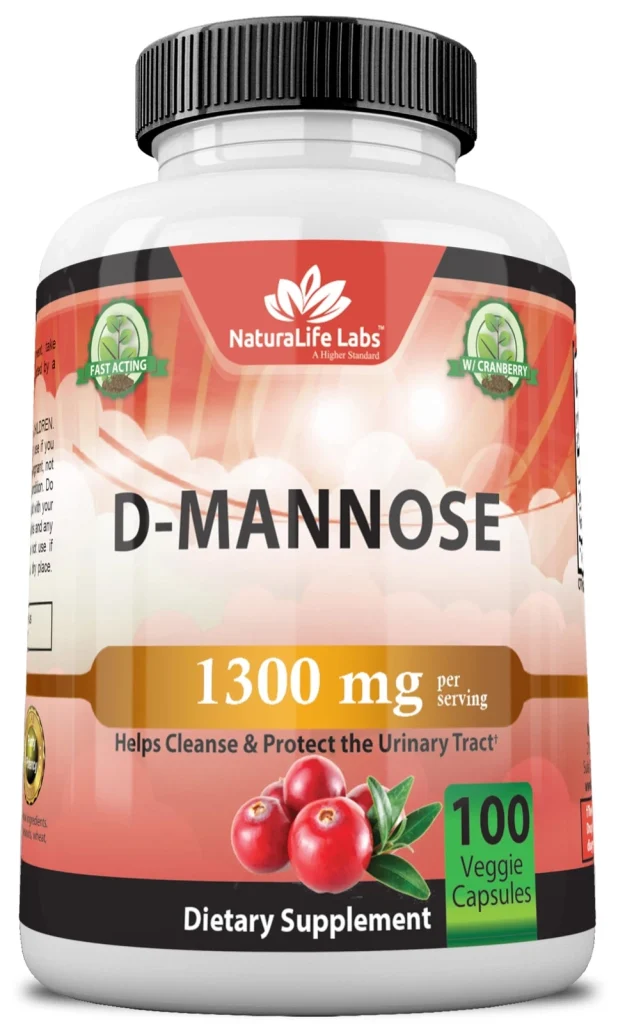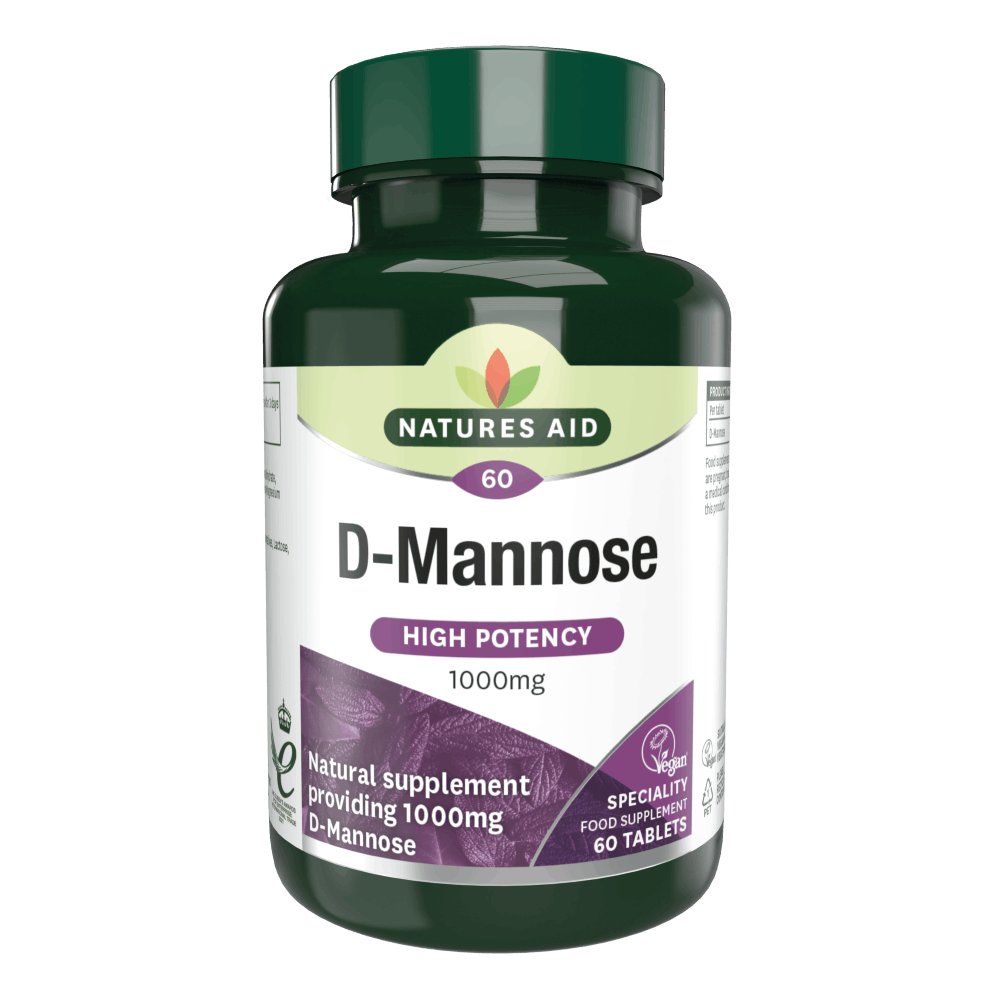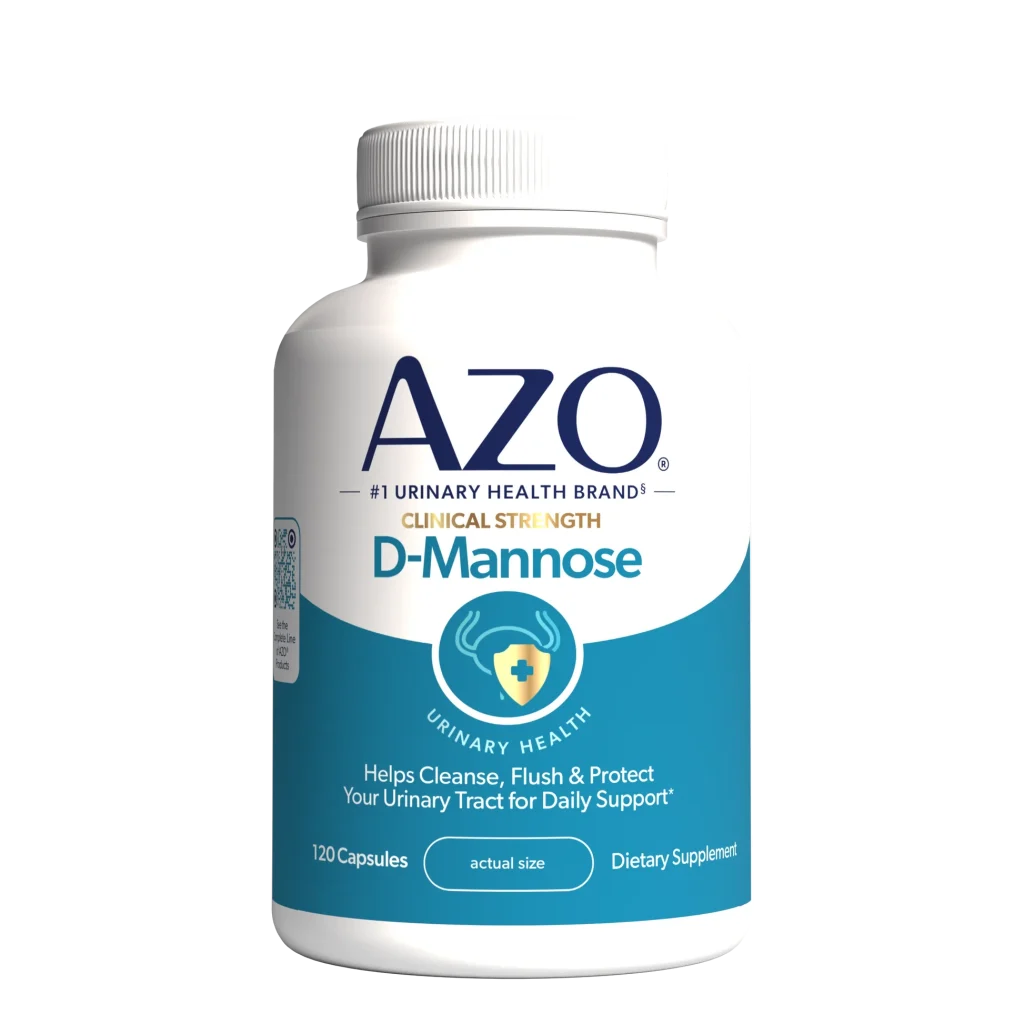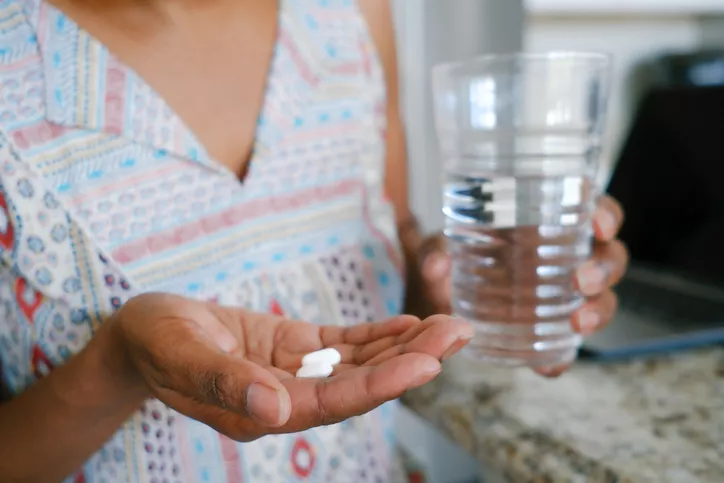Overview of D-mannose powder

D-mannose is a kind of sugar that is related to glucose. It’s found in many fruits, and also occurs naturally in the human body.
D-mannose might help treat a deficiency caused by a genetic defect. D-mannose might also prevent certain kinds of bacteria from sticking to the walls of the urinary tract and causing infection.
D-mannose is used for an inherited disorder called carbohydrate-deficient glycoprotein syndrome type 1b. It is also used for UTIs, but there is no good scientific evidence to support this use.
Uses & Effectiveness
Likely Effective for D-mannose
- An inherited disorder called carbohydrate-deficient glycoprotein syndrome type 1b. Taking d-mannose by mouth can improve digestive problems, low blood sugar, and blood clotting disorders in people with this condition. It’s not clear if it helps prevent liver problems.

There is interest in using d-mannose for a number of other purposes, but there isn’t enough reliable information to say whether it might be helpful.
Side Effects of D-mannose powder
When taken by mouth: D-mannose is possibly safe for most adults when taken for up to 6 months. It can cause diarrhea and nausea. There isn’t enough reliable information to know if d-mannose is safe or what the side effects might be when taken for more than 6 months.
How does d-mannose treat and prevent UTIs?

A UTI is a bacterial infection of the urinary tract, which includes your bladder and urethra, as well as the tubes that carry urine from the kidney to the bladder. While various bacteria and fungi can cause a UTI, about 85% of infections result from E. coli. Once these bacteria enter the urinary tract, they latch onto cells, where they grow and cause infection.
Treatment typically involves antibiotics to target those bacteria. However, antibiotics may cause side effects and contribute to antibiotic-resistant strains of bacteria. Some non-antibiotic remedies may help prevent or treat UTIs.
A 2024 study suggests that consuming d-mannose may prevent bacteria from adhering to the lining of the urinary tract.
After consuming D-mannose foods or supplements, your body eventually eliminates it through the kidneys and into the urinary tract. But while it’s in the urinary tract, D-mannose can attach to E. coli bacteria that may be there. As a result, the bacteria can no longer attach to cells and cause infection.
Treatment
While UTIs may go away on their own without treatment, many people seek medical care because of symptoms such as:
- pain and burning
- urinary frequency
- urinary urgency
D-mannose powder may help reduce UTI symptoms in women with an active infection.
A 2022 review of studies on non-antibiotic treatment for UTIs found that D-mannose powder alone or combined with other remedies seemed more effective than other remedies. However, the authors noted that many of the studies were small and that not all used the same definition of UTI.
They also suggest combining non-antibiotic and antibiotic treatments in future research, hypothesizing that it may shorten the time on antibiotics. However, larger, randomized studies are needed.
Prevention
D-mannose may help prevent UTIs by reducing the amount of E. coli in the urinary tract.
Another review of research examined 14 studies on D-mannose and its effectiveness in preventing UTIs and found that 13 suggested D-mannose powder may be effective for prevention. However, the authors mention that no guidelines currently exist.
While D-mannose powder has shown some promise in preventing UTIs, more research is needed before doctors can formally recommend it.
Additional studies are currently underway.
You may be able to take additional steps to help prevent UTIs.
How to use D-mannose

When deciding on which D-mannose product to use, consider the following:
- whether you’re trying to prevent an infection or treat an active infection
- the dose you’ll need to take
- the type of product you want to take
- whether the product is third-party verified
People may use D-mannose powder to prevent or treat UTIs. Knowing which of these you are using it for is important because the dosage will differ.
The best dose to use isn’t entirely clear, however. For now, only the doses used in research typically include:
- For preventing frequent UTIs: 2 grams once daily, or 1 gram twice daily
- For treating an active UTI: 1.5 grams twice daily for 3 days, and then once daily for 10 days; or 1 gram three times daily for 14 days
D-mannose powder comes in capsules and powders. The form you choose mainly depends on preference. You might prefer a powder if you don’t like to take capsules or want to avoid the fillers included in some manufacturers’ capsules.
Keep in mind that many products provide 500-milligram capsules. You may need two to four capsules to get the desired dose.
To use D-mannose powder, dissolve it in a glass of water and then drink the mixture. The powder dissolves easily, and the water may have a sweet taste.
It’s best to talk with a doctor before taking any supplements, as they can potentially cause side effects or interact with other medications you may be taking.
How to get D-mannose from your diet

Regularly eating certain foods that contain D-mannose powder may potentially help prevent UTIs.
Several fruits and vegetables contain D-mannose, including:
- cranberries (and cranberry juice)
- apples
- oranges
- peaches
- broccoli
- green beans
This sugar is also found in certain nutritional supplements, available as capsules or powders. Some contain D-mannose by itself, while others include additional ingredients, such as:
- cranberry
- dandelion extract
- hibiscus
- rose hips
- probiotics

The main brand of D-mannose in the market
